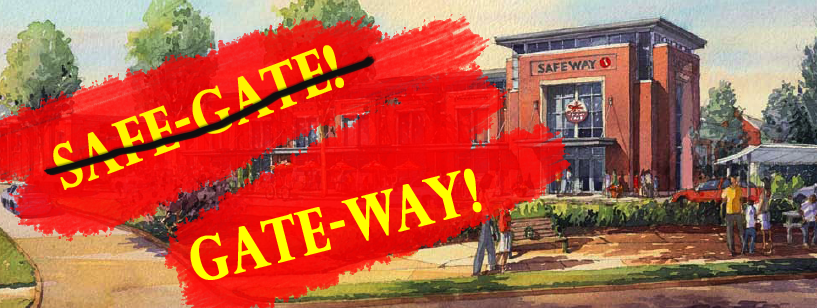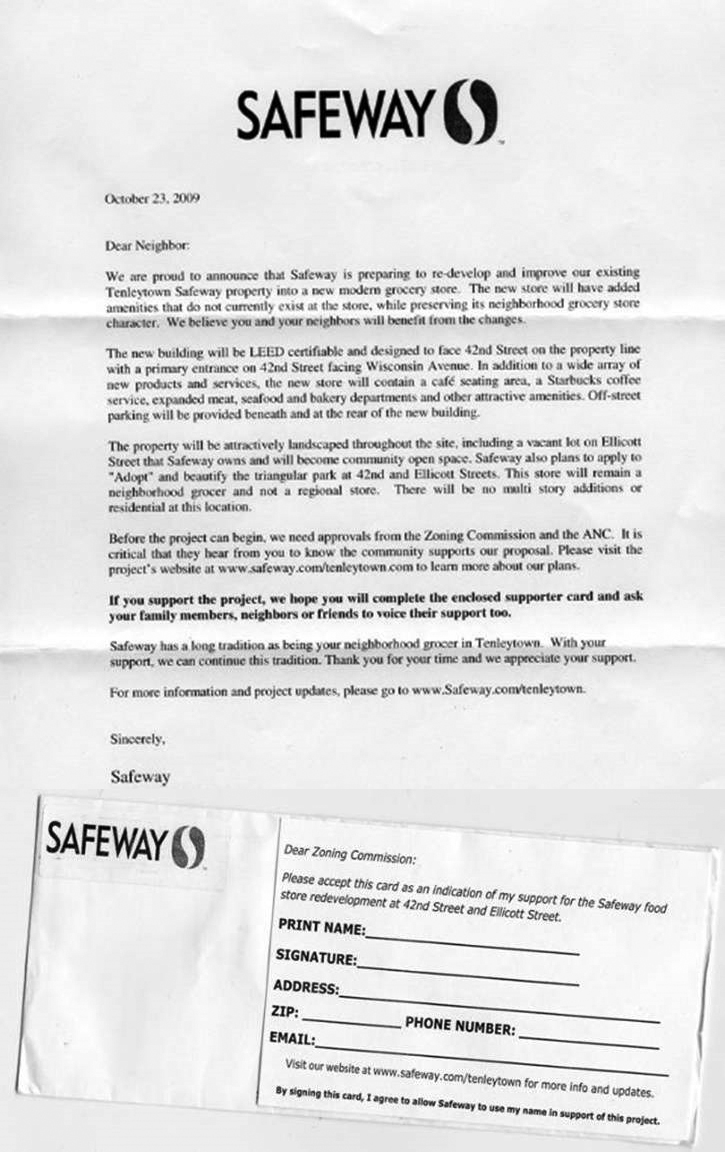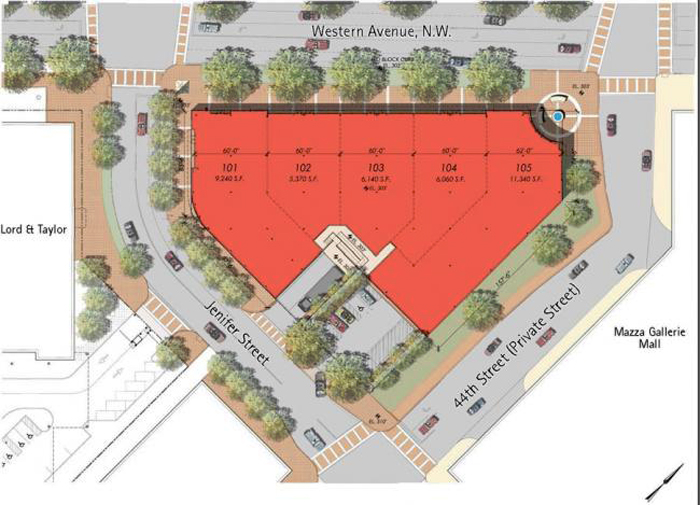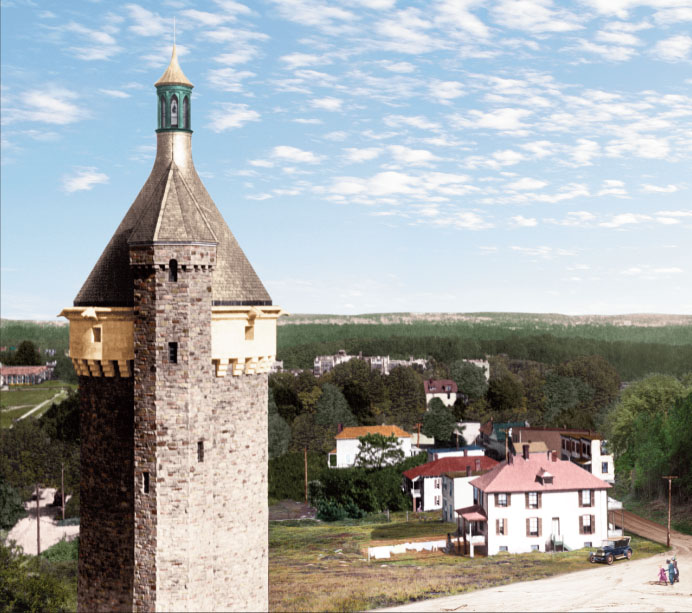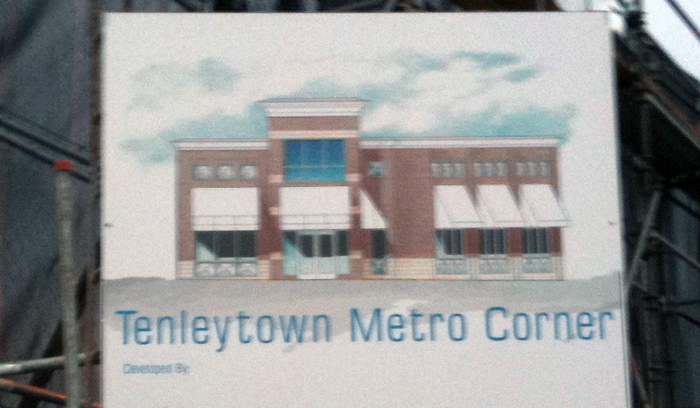Okay, so I mentioned in the last post that neighborhoods, as conventionally defined, are not necessarily the best ways of measuring human activity, and so is the difficult concept of community. However I attempt to define such a thing, it’s going to be imprecise, subjective, and doubtful. But most people can recognize community when they see it. Likewise, when you look a good space, you can tell because of the people there.
Last year, when I was but beginning my job as an apparatchik of the цarьchitect, I quoted Freddy N. in On The Geneology of Morals:
Only owing to the seduction of language (and the fundamental errors of reason petrified within it) which conceives all effects as conditioned by something that causes effects, by a “subject,” can it appear otherwise. For just as the popular mind separates the lighting from its flash and takes the latter for an action, for the operation of a subject called lightning, so popular morality also separates strength from expressions of strength, as if there were an neutral substratum behind the strong man, which was free to express strength or not to do so. But there is no such substratum, there is no being behind doing, effecting, becoming; “the doer” is merely the fiction added to the deed – the deed is everything.
Now, replace “strength” with “community.” Community is, in essence, an act. It is not merely your sheer propinquity to another human meatbag, nor crude ethnic similarities, it is the action to do like others, to help the person nearby, to talk to them, to smile at the man on the street when he says hello. Community, is an cooperative action between people, in the conscious and subconscious, of coming together and working for each other’s values. Why one might associate with one another, and care for them is a wholly different question. But it is relatively easy to see evidence of community, just as it is possible to see evidence of social activity.
Continue reading ➞ Reno Park Update 091212A: Finding Activity
